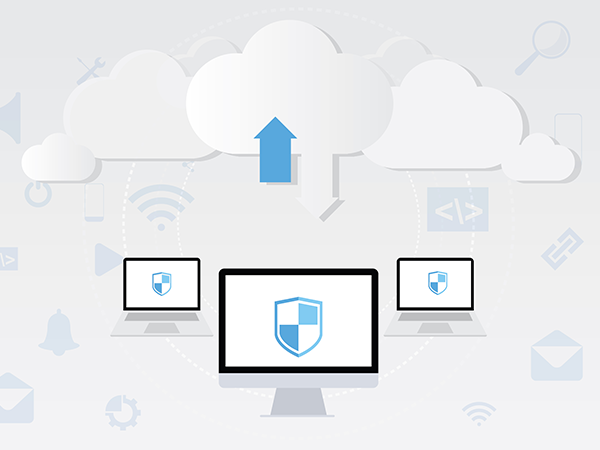For the last couple of months, I have been working with IaaS workloads that are running on AWS, Azure; this comes under the Multi-Cloud era. Each Cloud has specific purpose and benefits. For the benefit of everyone, I thought of summarising my findings in this post and share it with you all here. Hope it helps.
Today’s IT world I cannot see any organizations who do not know what Cloud technology, in context to Multi-cloud Era is. When an organization uses more than one cloud hosting instances on multiple clouds platforms such as SAP, AWS, Microsoft Azure and Google Cloud.
Now the question is that what’s driving multi-cloud adoption, what is the top trend, and why this is needed in today’s world. How enterprise is adopting the Multi-cloud framework.
The top trend which usually likes to call here ‘what’s drive behind multi-cloud.’
“The Biggest one is that “The enterprises continue to rise cloud adoption”, according to Forrester analyst Dave Bartoletti.
Forrester reported that, of 1,000 technology decision makers for North American and European enterprise infrastructure, 38% were building private clouds, 32% were building public clouds, and 30% would build some form of cloud in the next 12 months.
Gartner predicted last year that over $111 billion IT spending would be redirected away from on-premise technology to the cloud (source: Gartner). This amount is ex-pected to touch to $216 billion by 2020.
Cloud-first strategies are becoming a cornerstone for staying relevant and com-petent. The cloud services market has grown to such extent that it is now a nota-ble percentage of total IT spending, helping to create a new generation of start-ups and ‘born in the cloud’ providers.”

First thing first your organization Legacy apps
Based on experience the right start to your Cloud journey to select your Brand of choice By choice right service provider who has implemented multiple cloud strategy, You can avoid the hassle of legacy applications migration to a new platform. Please do not forget this is an essential factor in cloud journey. Dev Ops is key to choose the right type of workload in any cloud computing platform, and multi-cloud platform empowers the organization to mix and match platform, switching cloud vendors have become more comfortable. Since workload is not locked-in to an individual cloud provider, customers get the autonomy to address changing business needs for performance, security, and returns on investments.
Most important getting ‘ROI.’
Your origination workload determined what type of cloud you need, and help you run each workload at its best performs limits, for the lowest cost to get the best Return on Investment (ROI).
The fact is that different vendors offer integration and support for the different platform and continuously change the new features and capability has to offer. The right fit is a reference to matrices, apps and business needs. In this way, this choice provides a rich set of cloud options to solve business functions, demand across a diverse range of computing, and we achieved optimizing returns on cloud investments.
In its 2017 State of the Cloud report, Interop ITX, respondents to its cloud computing survey reported that they had “benefitted greatly” from cloud computing in the following areas:
Greater scalability, better and faster access to tech resources, improved perfor-mance, expanded geographic reach, and cost savings.
Among organizations with sophisticated cloud strategies. Where are you, today?
Support digital and IoT initiatives.
Multiple cloud scenarios would require supporting Digital and IoT organization initiatives. For any organization to support above edge data and analytics becoming essential, more importantly, Customer look for platforms that can turn complex data which has attributes such VVD, i.e., velocity, variety and with diverse volume.
Why this needed some organizations pursue multi-cloud strategies for Data sovereignty reason?
One hand this needed due to certain laws, regulations and mostly corporate policies
require data to reside in certain locations physically. (Geo locations).
A multi-cloud can meet those requirements and YASH as a choice for your growth IT partner by selecting multiple IaaS provider for availability zones or data centre regions.
Another hand, this true flexibility in where cloud data resides also enable the enterprise to locate compute data resources as close as possible to their end users, through that Minimal latency and optimal performance, achieved better result end of the day.
In Summary, Multi-cloud is beginning to boost your cloud journey speed; to deliver need to mitigate the impact of disruptions, if saddled with the single cloud. This also maximizes the output of every workload and ease of availability for scale up and down. However, this added complexity as soon as ecosystems need to add but with the help of right choice of partner this seen unified view to get the true value of your workload.
Get more than what you think with YASH Cloud Services
Shiv Kishan Suthar -Technical Architect- IMS @ YASH Technologies


















